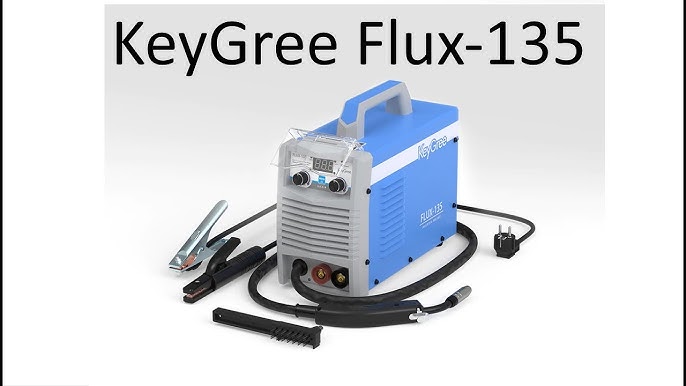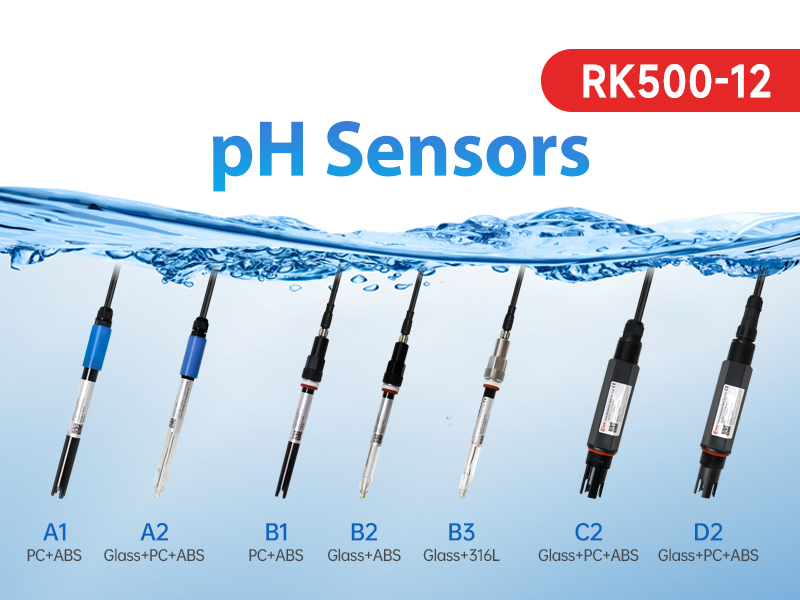Gas Tungsten Arc Welding (GTAW), commonly known as TIG (Tungsten Inert Gas) welding, is one of the most precise and versatile welding techniques available. GTAW welders are used extensively in industries that demand high-quality, clean, and durable welds. From aerospace to automotive manufacturing, this process allows for the fusion of a wide variety of metals, including aluminum, stainless steel, and titanium, while minimizing defects like spatter or oxidation.
In this article, we’ll explore the key role that GTAW welders play in precision metalworking, the benefits they offer, and the factors to consider when choosing a GTAW welder for your projects.
What is GTAW Welding?
GTAW is a welding process that uses a non-consumable tungsten electrode to produce a weld. The process is unique because it employs an inert gas shield—usually argon or helium—to protect the molten metal from contamination. This shielding allows for the creation of high-quality welds with minimal defects, making it ideal for applications where appearance and structural integrity are critical.
The welder must manually feed filler material into the molten pool during the welding process (if required), and the heat input can be finely controlled using foot or hand controls, allowing for precise adjustments based on the material and the joint configuration.
Key Benefits of GTAW Welders
1. High Precision and Control
GTAW welders provide unparalleled precision due to the welder’s ability to control the heat input, arc stability, and welding speed. The fine control of the heat is particularly beneficial when working with thin metals, delicate joints, or intricate welds. Welders can adjust the current flow, allowing for smooth, uniform, and high-quality welds without distorting the surrounding material.
2. Clean and Smooth Welds
One of the standout features of GTAW welding is the clean, smooth appearance of the weld. Because the process does not rely on flux or filler material for most applications, it minimizes spatter and eliminates slag, which are common byproducts of other welding methods. This results in a clean finish, ideal for industries where the aesthetic quality of the weld is just as important as its strength.
3. Versatility in Welding Different Materials
GTAW welders are extremely versatile. They can weld a wide range of materials, including:
- Mild steel
- Stainless steel
- Aluminum
- Copper
- Titanium
- Nickel alloys
This ability to work with both ferrous and non-ferrous metals makes GTAW the preferred choice in industries ranging from aerospace to automotive, where various metals and alloys are used in the same production process.
4. Low Heat Affected Zone (HAZ)
In GTAW, the heat-affected zone is generally smaller compared to other welding methods. This results in less distortion, making the process ideal for working on thin materials or precision components that must maintain their original shape. The minimal heat input ensures that delicate parts are not damaged or deformed during the welding process.
5. Strong, Durable Welds
Welds created with GTAW are known for their strength and durability. The ability to control the heat input allows for deeper penetration, which results in welds that are both structurally sound and resistant to environmental stresses, such as extreme temperatures or corrosive environments.
6. No Slag or Flux Residue
Unlike other welding techniques, GTAW does not use flux or slag, which means there is little to no residue to clean up after the weld. This makes the process cleaner and more efficient, especially in industries that require sterile environments or high-precision parts.
Applications of GTAW Welding
1. Aerospace Industry
GTAW is widely used in the aerospace industry for welding critical components like engine parts, airframes, and tanks. The need for strong, lightweight, and precise welds makes GTAW the go-to technique. The ability to weld metals like titanium, which is commonly used in aerospace applications, further elevates the importance of GTAW in this sector.
2. Automotive Industry
In the automotive industry, GTAW is used for both functional and aesthetic welds. Exhaust systems, custom car builds, and engine components are just a few of the applications where GTAW welders are essential. The high-quality and clean welds produced are often crucial for performance and safety in vehicles.
3. Food and Beverage Industry
The food and beverage industry often requires the use of stainless steel equipment, tanks, and pipelines. GTAW is the preferred choice because it ensures hygienic, high-quality welds that meet stringent sanitary standards. The absence of flux and slag residue also helps maintain the cleanliness of food processing equipment.
4. Nuclear Industry
GTAW welding is used in the nuclear industry for welding stainless steel and other alloys that need to withstand extreme conditions. The precision and strength of GTAW welds are essential in constructing high-stress components that must be free of defects to ensure safety.
5. Art and Sculptures
In addition to industrial applications, GTAW welding is popular in the artistic community. Artists use it to create sculptures, custom designs, and decorative pieces from metals like stainless steel. The clean and precise nature of the welds allows for intricate, detailed work that is often sought after in art installations.
6. Pipe Welding
GTAW is frequently used in pipe welding, particularly in high-pressure applications like oil, gas, and chemical pipelines. Its ability to produce strong, smooth, and corrosion-resistant welds makes it ideal for these critical infrastructure projects.
How to Choose the Right GTAW Welder
When selecting a GTAW welder, there are several factors to consider to ensure the equipment matches the demands of your specific project:
1. Power Supply
GTAW welders are available in both AC and DC versions. AC is necessary for welding aluminum and other non-ferrous materials, while DC is used for ferrous materials like steel and stainless steel. Depending on the materials you plan to weld, it is important to choose a welder with the appropriate power supply.
2. Machine Size and Portability
If you plan to move your welder between different locations or need to store it in a compact space, portability becomes important. There are small, lightweight inverter-based welders that offer portability without sacrificing performance.
3. Duty Cycle
The duty cycle refers to the amount of time a welder can operate at a specific amperage without overheating. For heavy-duty applications, you will need a machine with a higher duty cycle to avoid interruptions. For lighter, more occasional work, a machine with a lower duty cycle may suffice.
4. Features and Controls
GTAW welders come with various features, such as adjustable amperage, pulse welding, and precise controls for managing heat and filler material. Look for a machine with easy-to-use controls, especially if you’re working on delicate or complex welds.
5. Budget
GTAW welders can vary significantly in price. While high-end machines offer more features and better performance, entry-level models can still provide excellent results for basic welding tasks. Assess your budget and project needs to select the right welder for your requirements.
Conclusion
GTAW welders play a crucial role in precision metalworking, providing welders with the control, versatility, and quality needed to meet the demanding standards of industries such as aerospace, automotive, and manufacturing. Their ability to create clean, strong, and durable welds on a wide range of materials makes them indispensable in applications requiring high performance and aesthetic appeal.
Whether you’re working on intricate art projects, high-performance engine parts, or critical infrastructure components, GTAW welding offers an exceptional level of precision and reliability. By understanding the benefits, applications, and key features of GTAW welders, you can make an informed decision about which equipment best suits your needs for achieving top-notch results in your welding projects.




